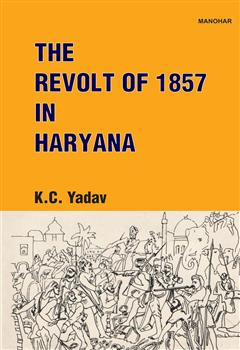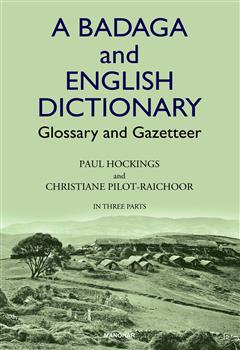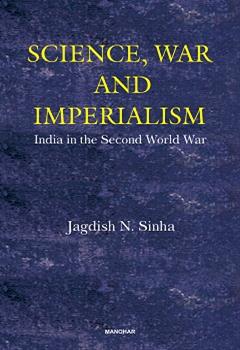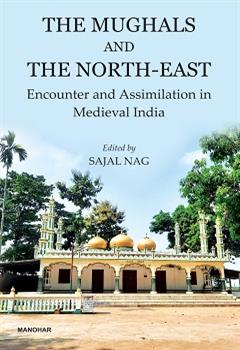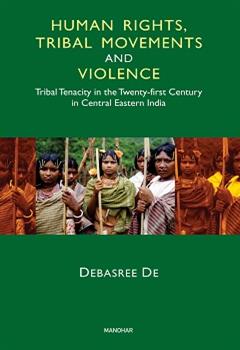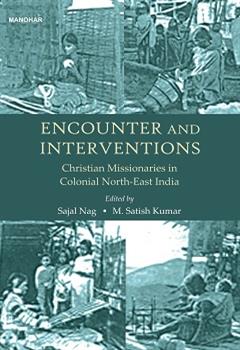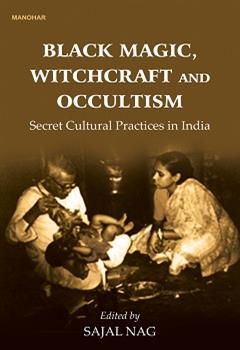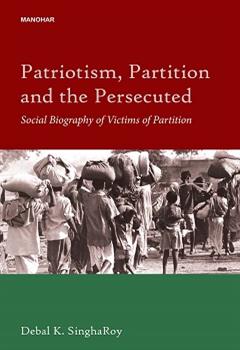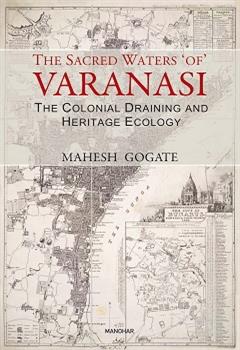History
Featured Products
A Badaga and English Dictionary: Glossary and Gazetteer (3 Parts)
₹3,156.05
M.R.P.:₹ 3,995.00
You Save: ₹838.95 (21.00% OFF)
Science, War and Imperialism: India in the Second World War
₹1,076.40
M.R.P.:₹ 1,495.00
You Save: ₹418.60 (28.00% OFF)
The Mughals and the North-East: Encounter and Assimilation in Medieval India
₹2,075.15
M.R.P.:₹ 2,695.00
You Save: ₹619.85 (23.00% OFF)
Human Rights, Tribal Movements and Violence: Tribal Tenacity in the Twenty-first Century in Central Eastern India
₹800.00
M.R.P.:₹ 1,250.00
You Save: ₹450.00 (36.00% OFF)
Encounter and Interventions: Christian Missionaries in Colonial North-East India
₹2,449.00
M.R.P.:₹ 3,100.00
You Save: ₹651.00 (21.00% OFF)
Black Magic, Witchcraft and Occultism: Secret Cultural Practices in India
₹2,287.05
M.R.P.:₹ 2,895.00
You Save: ₹607.95 (21.00% OFF)
Patriotism, Partition and the Persecuted: Social Biography of Victims of Partition
₹990.45
M.R.P.:₹ 1,395.00
You Save: ₹404.55 (29.00% OFF)
The Sacred Waters 'of' Varanasi: The Colonial Draining and Heritage Ecology
₹991.85
M.R.P.:₹ 1,195.00
You Save: ₹203.15 (17.00% OFF)
An Account of an Embassy to the Kingdom of Ava in the Year 1795
₹1,580.40
M.R.P.:₹ 2,195.00
You Save: ₹614.60 (28.00% OFF)


